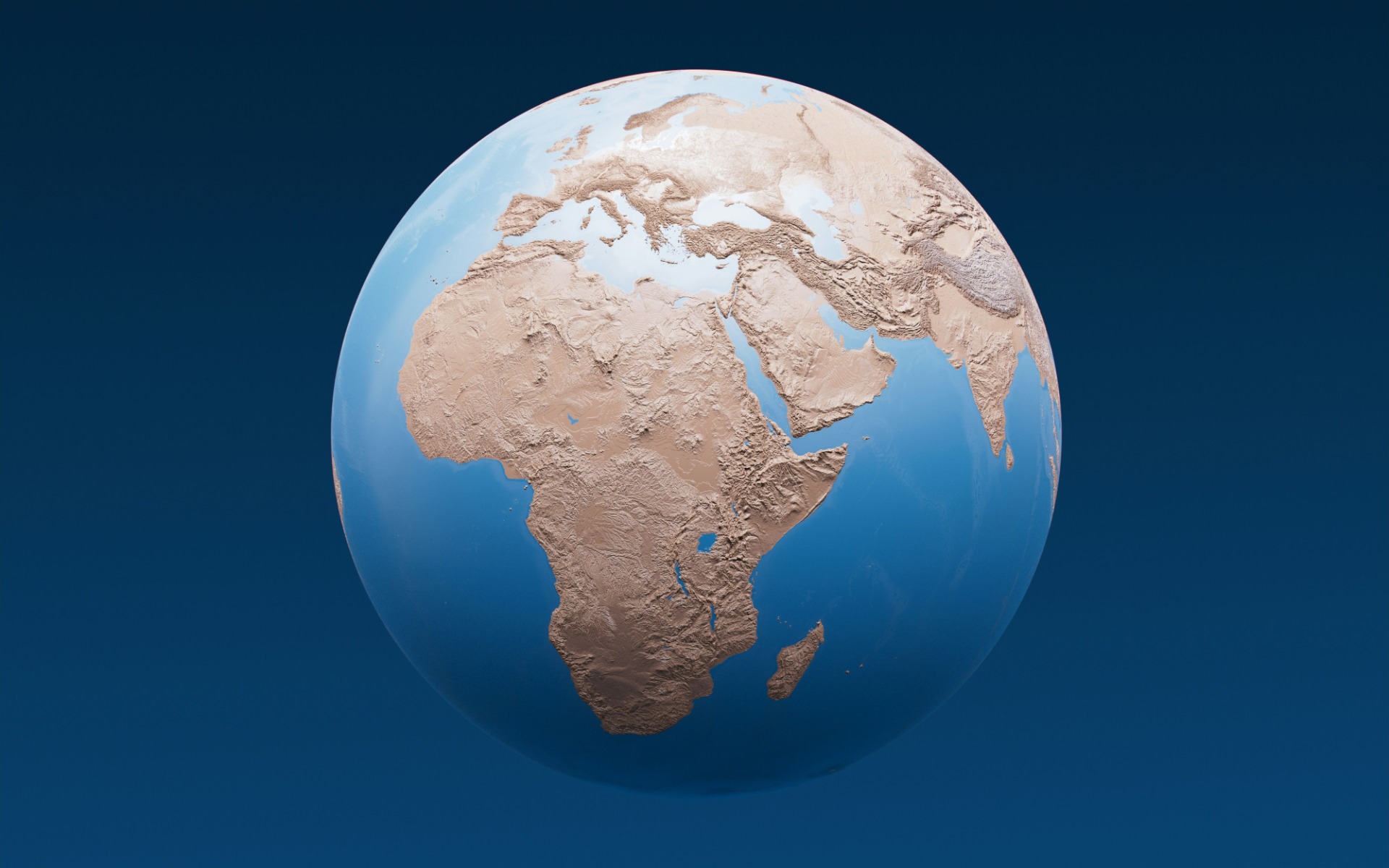Mozambique Deepwater Ports
Deepwater Ports in Mozambique: Critical Gateways for Trade and Development
Mozambique, endowed with a variety of deepwater ports, plays a crucial role in facilitating trade and connecting the country to regional and global markets. This article provides an overview of the major deepwater ports in Mozambique, highlighting their significance in the nation's economy and their unique features.
Port of Maputo
Location and Overview
The Port of Maputo is situated in the southern part of Mozambique, nestled in Maputo Bay at the point where the Espírito Santo estuary meets the Mozambique Channel. It encompasses both the cities of Maputo and Matola, making it strategically positioned for maritime activities.
Key Figures and Details
The Port of Maputo is the largest port in Mozambique in terms of cargo volume, handling diverse maritime traffic. The port comprises two main operational areas:
Maputo Cargo Terminals: This area specializes in containers, general cargo, fruits, steel, and more.
Matola Bulk Terminals: Focusing on coal, fuel, aluminum, and grains.
The port features a 48 nautical mile access channel that accommodates vessels with a maximum sailing draft of 14.4 meters during neap tides and 15.5 meters during spring tides. It boasts 16 linear berths totaling approximately 4,000 meters.
The Port of Maputo serves as a key transit point for cargo traveling to and from South Africa, Eswatini, Zimbabwe, and Botswana. In 2021, it successfully handled 22.2 million tonnes of cargo. The port is operated by the Maputo Port Development Company (MPDC), a joint venture involving Mozambique Railways (CFM) and Portus Indico, which includes Dubai Ports World and Grindrod.
Port of Beira
Location and Overview
The Port of Beira is located in central Mozambique, positioned at the mouth of the Pungoe and Buzi rivers along the Mozambique Channel. This port plays a vital role in trade for neighboring countries.
Key Figures and Details
Beira is the second-largest port in Mozambique by cargo volume and serves as a crucial gateway for Zimbabwe's trade. The port has undergone significant upgrades to enhance its handling capacity, establishing itself as one of the most efficient ports in Southern Africa. The Port of Beira is operated by Cornelder de Moçambique, a partnership between CFM and a Dutch company.
Port of Nacala
Location and Overview
Situated in northern Mozambique at the southern tip of the Baia de Bengo, the Port of Nacala is notable for its deep natural harbor.
Key Figures and Details
Nacala's harbor is among the deepest in Africa, allowing it to accommodate large vessels and making it a strategic hub for trade in the northern regions of Mozambique and neighboring countries. The port includes various facilities:
General cargo terminal
Container terminal
Liquid bulk terminal
Warehousing
Nacala is also connected by rail to Tete Province, supporting coal exports from this mineral-rich region. The access channel is notably wide at 800 meters and deep at 60 meters. Recently renovated, the port is expanding to better accommodate container and refrigerated cargo.
Planned New Ports in Mozambique
there are new deep-water ports being planned and developed in Mozambique, in addition to the ongoing expansions of the existing major ports.
Planned New Ports
Techobanine:This is a major, long-term project planned as a deep-water mineral port in southern Mozambique. Its primary purpose would be to handle large volumes of cargo, particularly coal from Botswana, which would be transported via a new 1,700 km railway. The project is still in the planning and feasibility study phase, with a $3 million grant recently awarded for further studies.
Chongoene Terminal:Located in Gaza province, this new port terminal has been approved by the government. This port is specifically intended to enable the export of heavy sands from the Chibuto project and other local initiatives, with an initial investment of about $55 million.
Macuze:Located in central Mozambique's Zambezia province, a new deep-water port facility is under construction.
